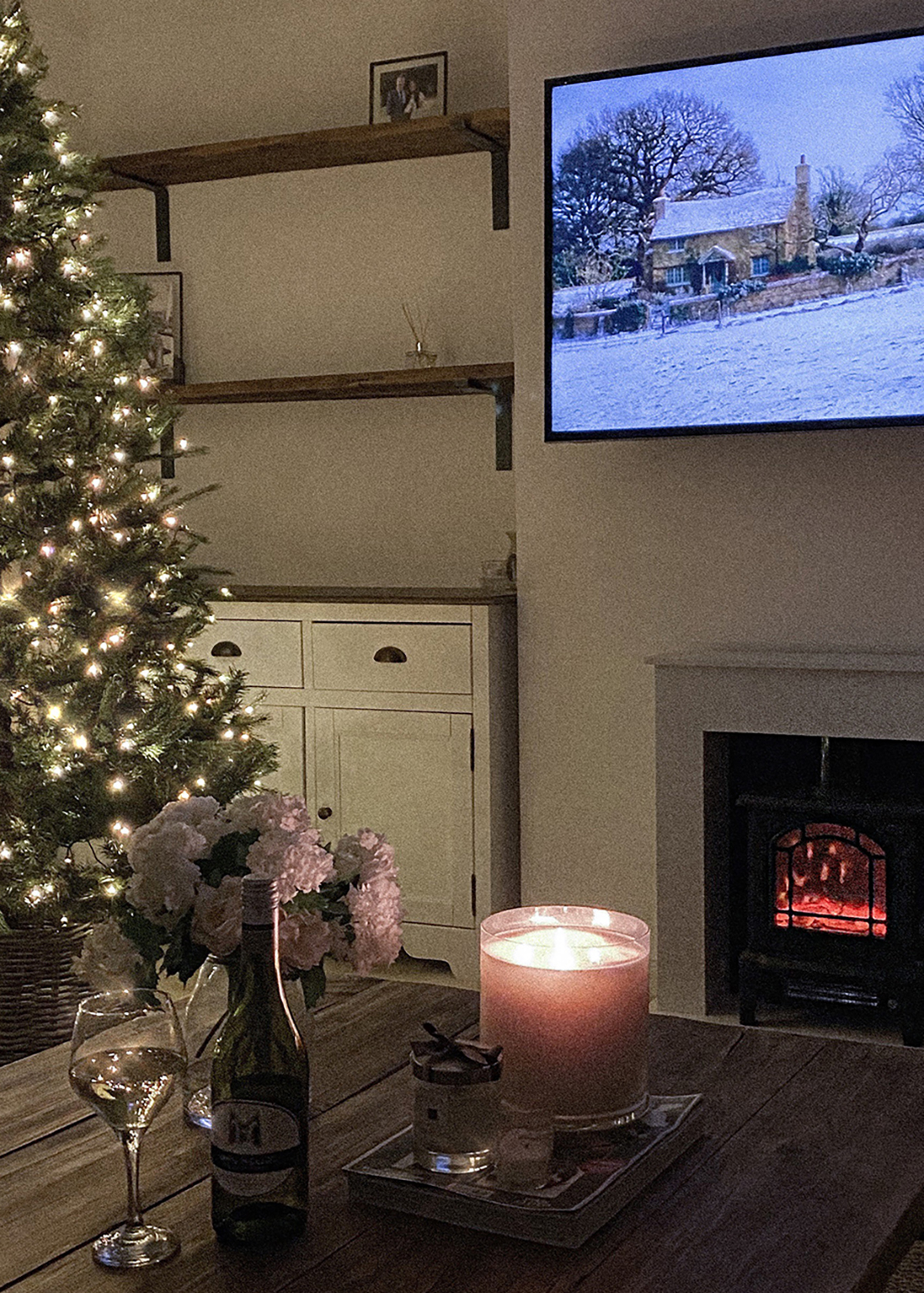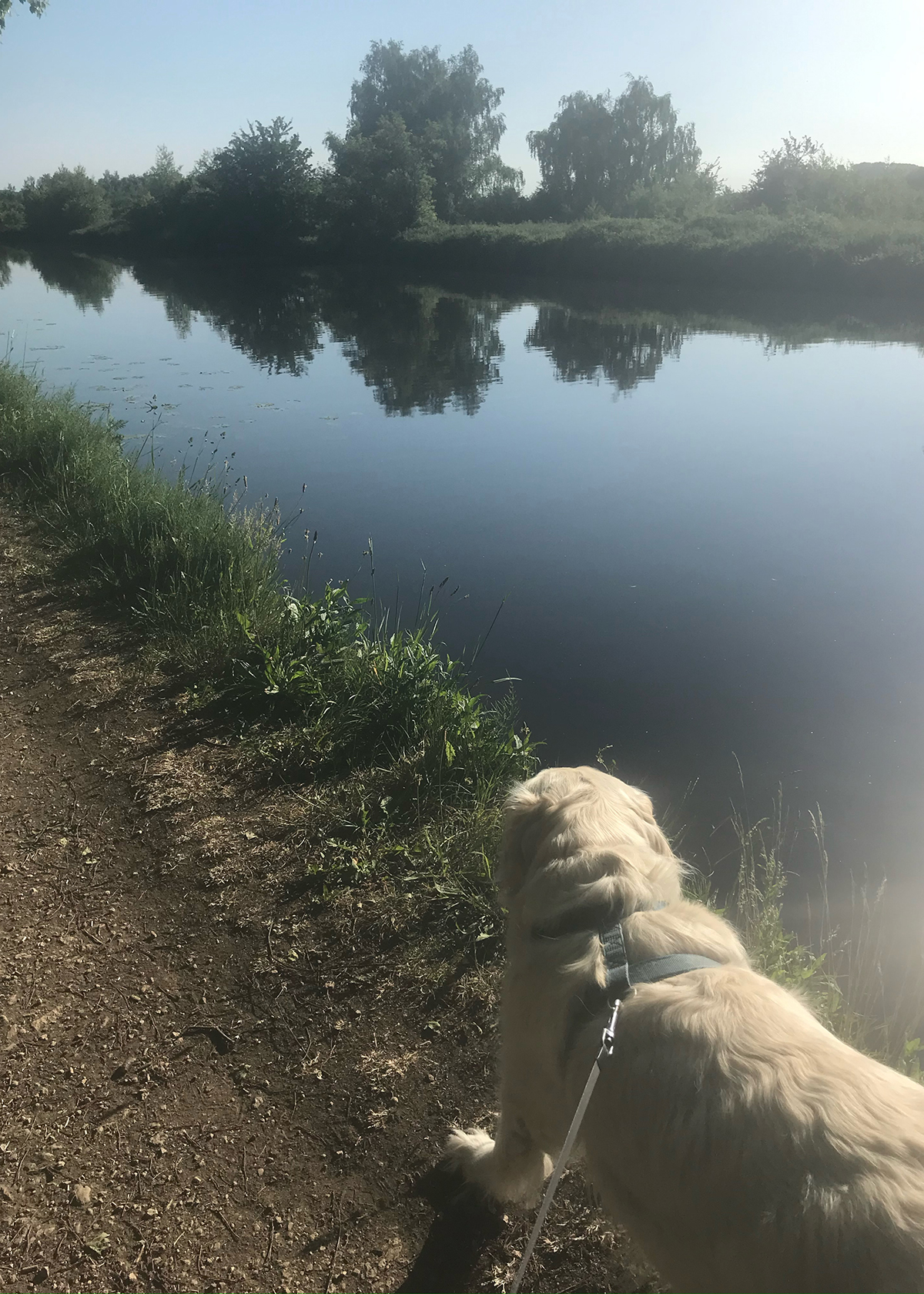If you have been blogging for some time, you will certainly have heard the term SEO. For those of you that may be unaware, SEO means Search Engine Optimisation. In a nutshell, if you have good SEO, your website will rank well, appear in the search rankings and you will get organic traffic. Please do note that description is me putting SEO into its simplest terms.
What you may not know is, away from my blog, I work in marketing. Not only do I work in marketing, I specialise in SEO and website optimisation. I have been doing this job now for almost a decade and SEO is simply second nature to me. That is why I thought it was a good time to sit down and write all about the basics of SEO and share the wisdom with others!

Monitor where you currently are.
There is no way that you can improve your site, by not knowing where you are. Use tools such as Google Analytics (which is free) and SEMrush for something more in-depth. On face value, both of these things can look pretty complex to get your head around, but that certainly isn’t the case at all. By looking at your current metrics, you can set goals to where you want to be and an action plan to how you can get there. My preference is Google Analytics because it really does show a top-level capture of the site.
Think about your keywords.
For each post that you write, ensure that you have a good and appropriate keyword phrase. For this, you really need to think about what it is that people on the other end of the computer are going to be searching for. You want to ensure that you are appealing direct to your audience. There are so many tools that you can use to ensure that this is appropriate, well targeted and that they generate good amounts of traffic. There are so many online tools that you can get to help narrow down your target key phrase. One of the true basics of SEO that is certainly needed!
Write for search engines not people.
Everything that you have ever been told regarding search engine is to make your posts readable. I certainly do agree with that, however, also remember the robot that determines your rankings. It isn’t a person in the Google headquarters that reads your post and analyses your website. It is a bot, that goes onto your site, scans it in milliseconds and then moves onto the next one. Even though you want your text to have a good flow and quality, remember what it is that the search engines are looking for.
Use internal and external links.
If you want to learn the basics of SEO, then you need to know about internal and external linking. There is probably no more basic strategy for SEO than linking. Internal linking helps to keep people on your site. If they have read what they need, but there is a link to something else, you retain them. That makes your website look like it is a place to stay, peruse and stay with. That is only a good thing for search engines to notice. By linking externally there is the potential for backlinks, plus it shows that you are a good and reliable point of reference for the topic.
Analyse your site speed.
By looking at the site speed of your site, you will learn so much. There are many free tools online, where you can put in your URL and get a detailed report. A while back I did this, and it showed that my images needed compressing to optimise the site. By doing this to all images on the site, my site speed increased tenfold, and I did better in organic rankings. Search engines only want to show sites that are quick to respond to make it easy to people. The work can be quite labour intensive, but it is worth it.
Meta description and title tags.
As an absolute must, you guys have to ensure that you have meta descriptions and title tags. If you want your SEO to do well and rank high, you must have these throughout. This really is one of the basics of SEO that is non-negotiable. What these do is provide search engines with brief overview of what the post is about. It is also the snippet that people see when they are searching. This has to reflect the post, feature your keywords and be enticing for people to click. A hard ask for a minimal number of characters. Worth doing through.
Check your text.
This one may sound rather trivial but ensure that you are checking your text. It really goes without saying, but I have to mention it. Back in the day, I would write blog posts and just upload them within the blink of an eye. I didn’t spend time looking over the post. Now when I do this, I ensure that the post has flow, it is structured well, reads smoothly and the keyword is present, but not too much. It can be time consuming, but I have found it to be invaluable. If you do any of these basics of SEO, make it this one!
Utilise images and video.
I am sure that people in this business are well aware of the benefits of media. Not only for how your posts can look, but for the SEO benefits. For this, make sure that you are doing a couple of things. Use more than one image on your post. I don’t personally do this, simply because I am lazy, but if you want to improve, you should do this. Also, ensure that your source files are named appropriately on your PC. By this, I mean use your posts target keywords to name the images. It is just a secondary layer of keyword placement. Video is much more valuable in regard to SEO, but also much more challenging to create.
Use alt tags.
This point ties into the above. Where images and videos are used, ensure that you are using alt tags. These may not be available in Blogger, but they certainly are in WordPress. When you add any form of media to your posts, click the pencil icon. From here, it will show the name of the file that you have uploaded as the title. You want to change the alt tag to encapsulate the post. Again, keyword placement here is ok, but I would try to add something else. It can look like keyword cramming by adding it again here, adding a secondary keyword or phrase is best practice.
Have a sitemap.
A sitemap is something that you would do for search engines. I don’t think that I can ever recall a person wanting to reference a sitemap. The purpose of a sitemap is to clearly list all of the major pages on your site. This then enables search engines to scan your site with ease and they understand the key pages, what you should rank for and how you should appear. Having a link to your sitemap on your homepage also makes all webpages on your site easily accessible and everywhere can be accessed by only a couple clicks.
Use search-friendly URLs.
The final thing that I want to mention in this post about the basics of SEO, I want to mention URLs. More particular, I want to mention using search-friendly URLs. This is actually something really easy that can be done fairly easily for new posts. If you for example are writing a post titled, ‘My top tips for SEO’. Ensure that the URL reflects the post. You would want the URL to be something like /top-tips-seo. That is straight to the point and easy for both individuals and search engines to understand. If you are going to spend time doing this to existing posts, ensure that you redirect the old link!
I hope that you guys enjoyed this blog post on the basics of SEO. Not only that, but I hope that it has gave you some tips and tricks. There really is an infinite number of things that you can do in relation to SEO to improve your site. I could personally do so much more to my own site, however as I work full time, I simply don’t have the time nor capacity. I would love to hear from you guys on this.
Do you try and optimise SEO on your site? Was you aware what SEO was and how it works? One thing that I do want to say is don’t bog yourself down with SEO. If you have passion about what your topic is, the rest will easily flow. Passion really is key and that is what I think people really need to focus on.






